Are you looking for a fun and creative way to add a personal touch to your crafts, cards, and other paper-based projects? Look no further than making your own custom rubber stamps! With just a few simple materials and some basic tools, you can create unique and personalized designs that will elevate your artwork and leave a lasting impression. From custom logos and monograms to intricate patterns and images, the possibilities are endless when it comes to creating your own rubber stamps.
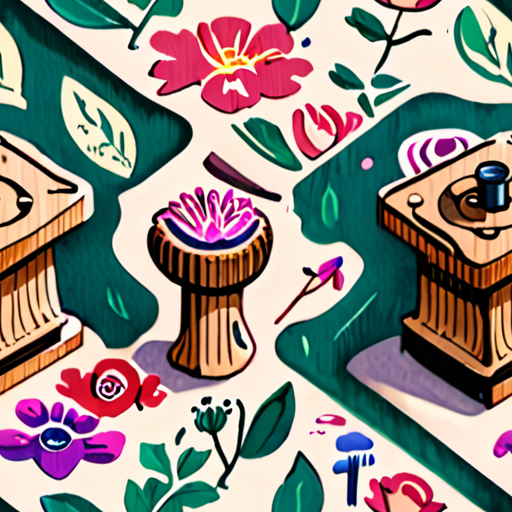
Can I Make My Own Rubber Stamp?
To create your own custom rubber stamp, you’ll need a few basic materials and tools.
- A piece of soft, flexible material such as foam or eraser
- A sharp object like a stylus or a carving tool
- A design or pattern to carve into the material
- Painter’s ink or a stamp pad to apply ink to the stamp
Designing Your Rubber Stamp
The first step in making your own rubber stamp is to decide on a design or pattern to carve into the material.
- Sketch out your design on paper or use a computer program to create a digital image
- Transfer the design onto the material using a pencil or a marker
- Carve out the design using a sharp object, being careful not to cut too deeply and damage the material
Cutting Out the Design
Once you’ve carved out the design, you can use scissors or a craft knife to carefully cut out the shape.
- Make sure to leave a small border around the edges of the design to prevent it from breaking off
- Use a ruler or a straightedge to guide your cuts and ensure clean, smooth edges
Applying Ink to the Stamp
Now that you have your custom rubber stamp, you can apply ink to it using a stamp pad or painter’s ink.
- Dip the stamp into the ink pad or apply a small amount of ink to the surface of the stamp
- Gently press the stamp onto a piece of paper or fabric to transfer the image
Tips and Variations
You can experiment with different materials and designs to create unique and personalized rubber stamps.
- Try using different shapes and sizes of material to create varying effects
- Experiment with different carving techniques and patterns to add texture and interest to your stamps
Getting Creative with Rubber Stamping
Rubber stamping is a fun and versatile craft that can be used to create a wide range of projects, from cards and gift tags to artwork and home decor items.
- Use your custom rubber stamps to add personal touches to gifts and cards
- Experiment with different colors and combinations of ink to create unique and eye-catching designs
Is Rubber Stamping Illegal?
The use of rubber stamps for signing documents has raised questions about its legitimacy.
- The authorized use of a rubber stamp signature on a document conveys the same intent and legality as if the document had been signed by the specific individual in original ink.
- Rubber stamp signatures are commonly accepted in various industries, including finance, law, and healthcare.
- In many cases, rubber stamp signatures can be used as a substitute for handwritten signatures, particularly in situations where speed and efficiency are crucial.
Benefits of Using Rubber Stamp Signatures
- Increased Efficiency: Rubber stamp signatures can save time and effort compared to traditional handwritten signatures.
- Consistency: Rubber stamp signatures ensure consistency in the appearance of signatures, reducing errors and discrepancies.
- Legality: As mentioned earlier, rubber stamp signatures are legally binding and convey the same intent as handwritten signatures.
When Can I Use Rubber Stamp Signatures?
- Business Transactions: Rubber stamp signatures can be used for business transactions, contracts, and agreements.
- Official Documents: They can be used for official documents, such as tax returns, invoices, and receipts.
- Personal Documents: Rubber stamp signatures can also be used for personal documents, such as letters, cards, and certificates.
Alternatives to Rubber Stamp Signatures
- eSignatures: Electronic signatures offer a convenient alternative to rubber stamp signatures, allowing for digital signing and verification.
- Handwritten Signatures: In certain situations, handwritten signatures may be preferred or required, particularly for high-stakes or sensitive documents.
Conclusion is Not Required
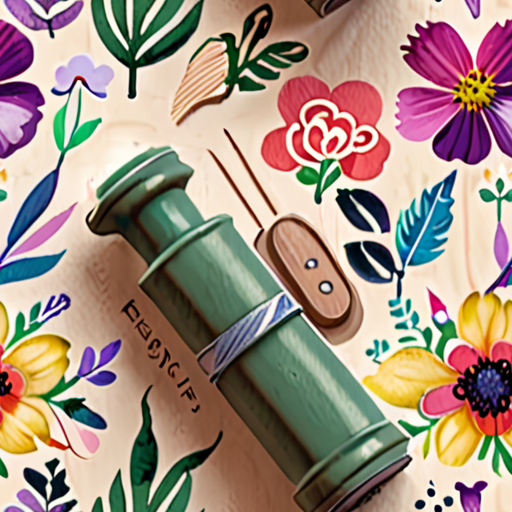
Creating Your Own Rubber Stamp
To make a stamp out of a rubber, you’ll need a few basic materials and tools.
- A piece of rubber, such as a silicone sheet or a piece of old tire
- A cutting tool, like a craft knife or scissors
- A surface to carve on, like a wooden block or a piece of MDF
- Ink or paint to apply to the stamp
Step 1: Design Your Stamp
Start by sketching out your design onto paper or cardboard. Consider what image or pattern you want to create, and how it will look when reversed (since the stamp will be pressed into ink).
Step 2: Cut Out Your Rubber Sheet
Use your cutting tool to cut out a rectangle of rubber that’s slightly larger than your design. You can also use a cookie cutter or a stencil to get a precise shape.
Step 3: Carve Your Design
Place your rubber sheet onto your carving surface and use your cutting tool to carefully carve out your design. Start with the outline and work your way inward, using gentle pressure to avoid tearing the rubber.
Step 4: Refine Your Edges
Once you’ve carved out your design, use a small tool or a toothpick to smooth out any rough edges or bumps. This will help your stamp print evenly and prevent ink from getting stuck in the crevices.
Step 5: Apply Ink or Paint
Now it’s time to add some color to your stamp! Use a brayer or a foam brush to apply a thin layer of ink or paint to the raised areas of your design. Experiment with different colors and techniques to achieve the desired effect.
Step 6: Test Your Stamp
Before using your stamp on a final project, test it out on a scrap piece of paper. This will give you an idea of how well the ink or paint is transferring and whether any adjustments need to be made.
Tips and Variations
For a more textured look, try adding some texture to your rubber sheet before carving. You can use a texture paste or a mixture of glue and sand to create a unique surface.
Experiment with different shapes and sizes of rubber sheets to create unique stamps. You can also use multiple layers of rubber to create intricate designs.
Consider using a variety of materials for your stamp, such as foam or linoleum, to achieve different textures and effects.
Don’t be afraid to get creative and try new things – making your own rubber stamp is all about experimentation and having fun!
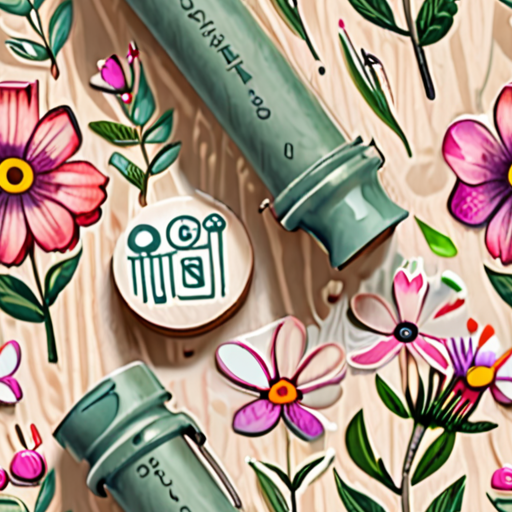
Transferring Images to Rubber Stamps
To create custom rubber stamps, you can transfer images onto a rubber surface using a simple process.
-
Materials Needed:
- Rubber sheet or block
- Image or design
- Ink toner
- Iron
- Medium temperature setting
-
Step-by-Step Process:
- Place the rubber sheet or block on a flat surface.
- Lay the image or design face-down on the rubber surface.
- Apply ink toner to the image or design.
- Place the iron on a medium temperature setting and carefully iron the image onto the rubber surface.
- Allow the ink to dry completely before handling the rubber stamp.
-
Tips and Variations:
- You can experiment with different types of ink toner and rubber surfaces to achieve unique effects.
- Consider adding texture or patterns to your rubber stamp for added interest.
- For intricate designs, use a smaller rubber sheet or block to achieve greater detail.
-
Benefits of Custom Rubber Stamps:
- Unique and personalized designs
- Easy to create and customize
- Perfect for crafts, art projects, and gift-giving
-
Getting Started with Rubber Stamp Making:
With these basic steps and tips, you’re ready to begin creating your own custom rubber stamps.
Experiment with different materials and techniques to develop your skills and style.
Visit our website for more inspiration and resources on rubber stamp making and other creative pursuits.
Unlocking Endless Possibilities: Creative Ways to Customize and Personalize Rubber Stamps
I’m excited to share my favorite methods for transforming ordinary rubber stamps into extraordinary works of art.
- Add a Pop of Color: Use acrylic paint or markers to give your rubber stamp a bold, eye-catching hue. This adds a fun twist to traditional designs and makes them perfect for mixed-media projects.
- Embellish with Texture: Experiment with different textures by adding glitter, sequins, or even fabric scraps to your rubber stamp. This creates a visually appealing contrast and adds depth to your creations.
- Get Crafty with Collage: Combine rubber stamps with paper scraps, die-cuts, or other ephemera to create unique collages. This technique allows you to tell stories and convey emotions through your artwork.
- Make it Metallic: Add a touch of luxury with metallic paints, foils, or even metallic ink. This gives your rubber stamp a sophisticated look and feel.
- Personalize with Photos: Use photo transfers or decoupage to incorporate personal photos onto your rubber stamp. This makes for a heartfelt and meaningful keepsake.
- Try Stencil Art: Use your rubber stamp as a stencil to create intricate designs and patterns. This technique requires patience and precision, but the results are well worth the effort.
- Experiment with Mixed Media: Combine rubber stamps with other materials like clay, paper mache, or even found objects. This pushes the boundaries of traditional crafting and opens up endless possibilities.
- Create a Sense of Movement: Use rubber stamps to create dynamic compositions by layering images or incorporating movement-inspired designs. This adds energy and visual interest to your artwork.
- Pay Tribute to Nature: Draw inspiration from the natural world by incorporating leaves, flowers, or other organic elements into your rubber stamp designs. This connects us to the beauty of nature and promotes mindfulness.
- Express Yourself through Typography: Use rubber stamps to create custom typography, experimenting with font styles, sizes, and colors. This allows you to convey messages and tell stories through your artwork.
- Make it Interactive: Incorporate interactive elements like buttons, zippers, or even magnets into your rubber stamp designs. This encourages engagement and playfulness in your creations.
At Sweet Pea Stamps , we’re passionate about empowering artists to unleash their creativity and push the boundaries of what’s possible with rubber stamps. Whether you’re a seasoned crafter or just starting out, we invite you to explore these innovative techniques and discover the endless possibilities waiting for you.
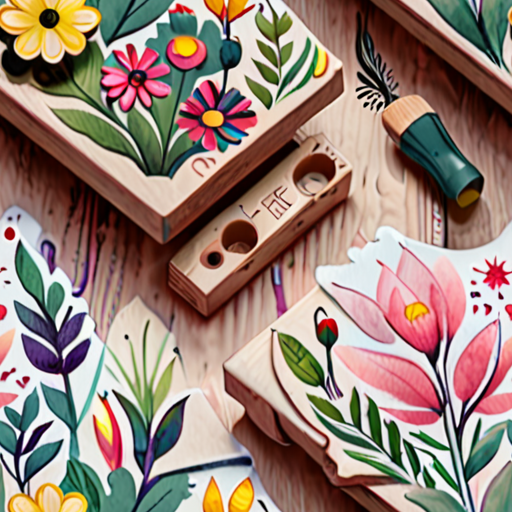
Getting Started with Making Your Own Custom Rubber Stamps
To begin creating your own custom rubber stamps, you’ll need to gather the necessary materials and tools.
- Materials:
- Rubber sheet or block
- Design or image to transfer onto the rubber
- Acrylic roller or brayer
- Work surface or mat
- Cutting tool (e.g., craft knife, scissors)
- Ink pad or stamp ink
- Tools:
- Craft mat or work surface
- Scoring tool or bone folder
- Paper trimmer or cutting tool
- Stamp mounting block or base
When selecting a rubber sheet or block, consider the size and thickness you need for your project. You can find these materials at most craft stores or online retailers.
For designing your custom rubber stamp, you can use software like Adobe Illustrator or Photoshop, or simply draw your design freehand. Keep in mind the size and resolution of your design, as well as the material you’re using for the rubber.
Once you have your materials and tools ready, you can begin transferring your design onto the rubber using an acrylic roller or brayer. Make sure to apply even pressure and smooth out any air bubbles or wrinkles.
After transferring your design, use a cutting tool to carefully cut out the excess rubber around the edges. You may also want to add a mounting block or base to your stamp for easier handling and storage.
Finally, test your custom rubber stamp with ink and paper to ensure it’s working properly and evenly.
Tips and Variations
You can experiment with different materials and techniques to create unique and personalized rubber stamps. Some ideas include:
- Using different colors or textures of rubber
- Adding patterns or designs to the rubber
- Creating layered or multi-part stamps
- Experimenting with different ink types or colors
Conclusion
Making your own custom rubber stamps is a fun and rewarding process that allows you to create unique and personalized designs. With the right materials and tools, you can bring your imagination to life and add a personal touch to your crafts and projects.
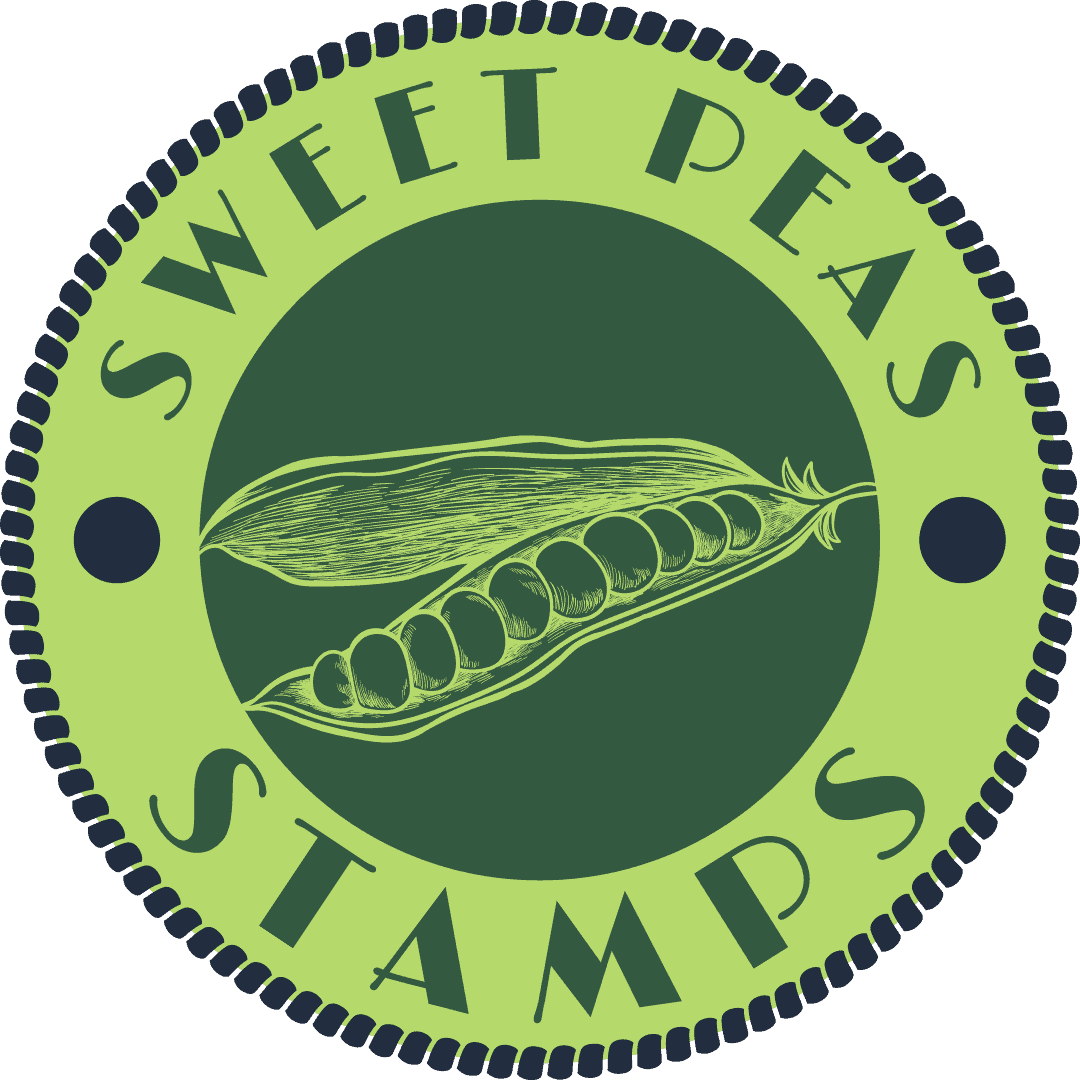
0 Comments